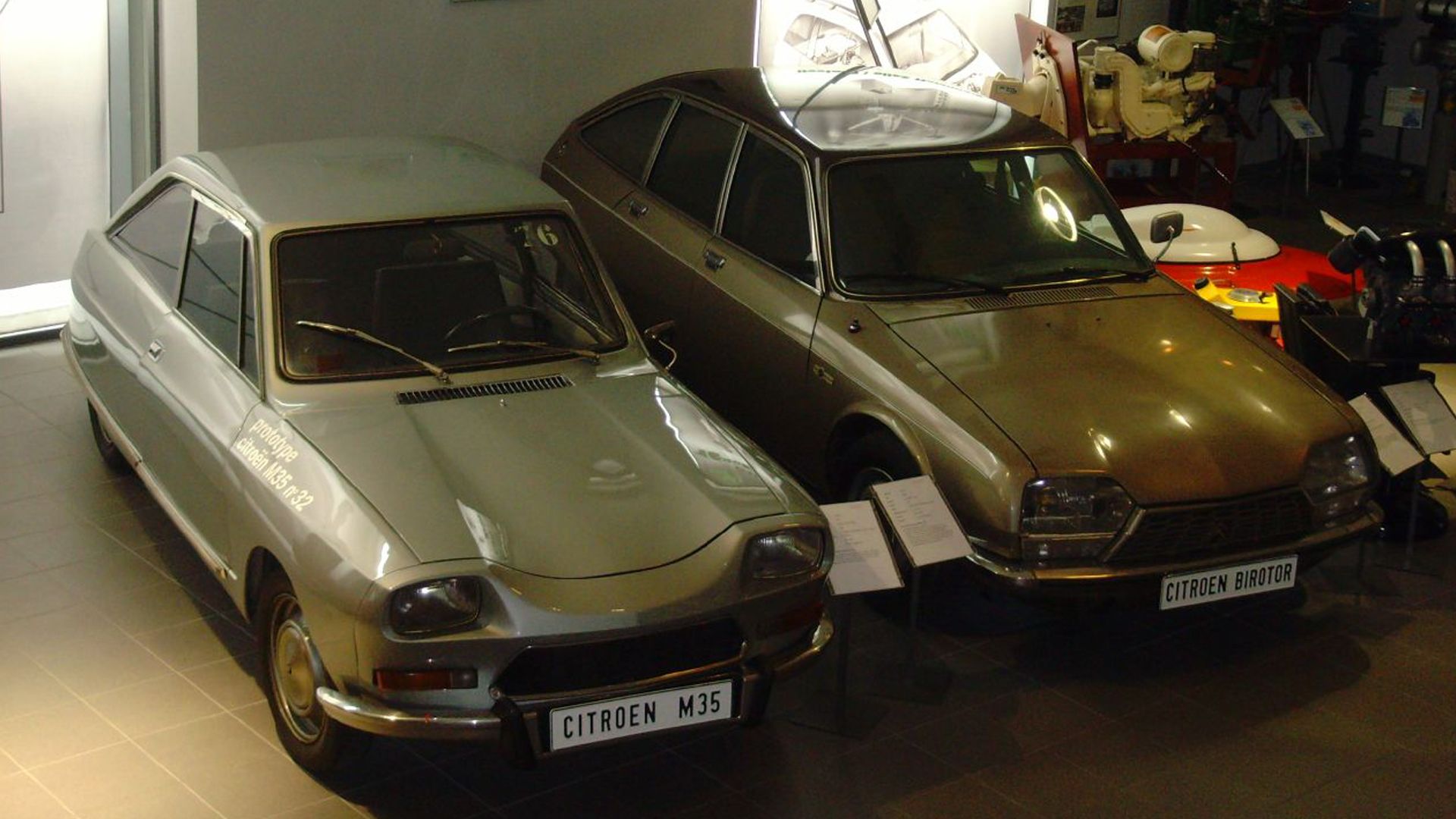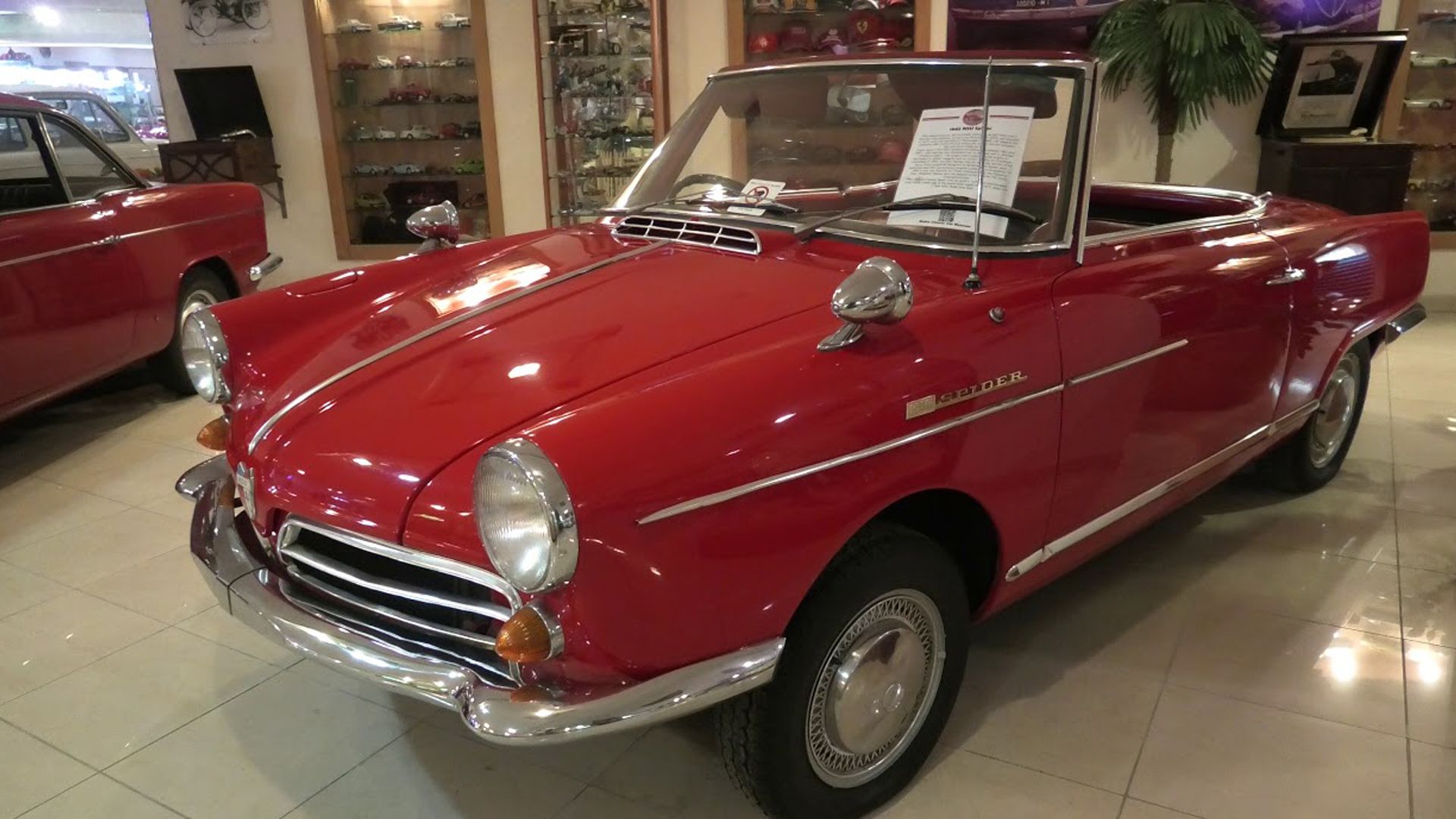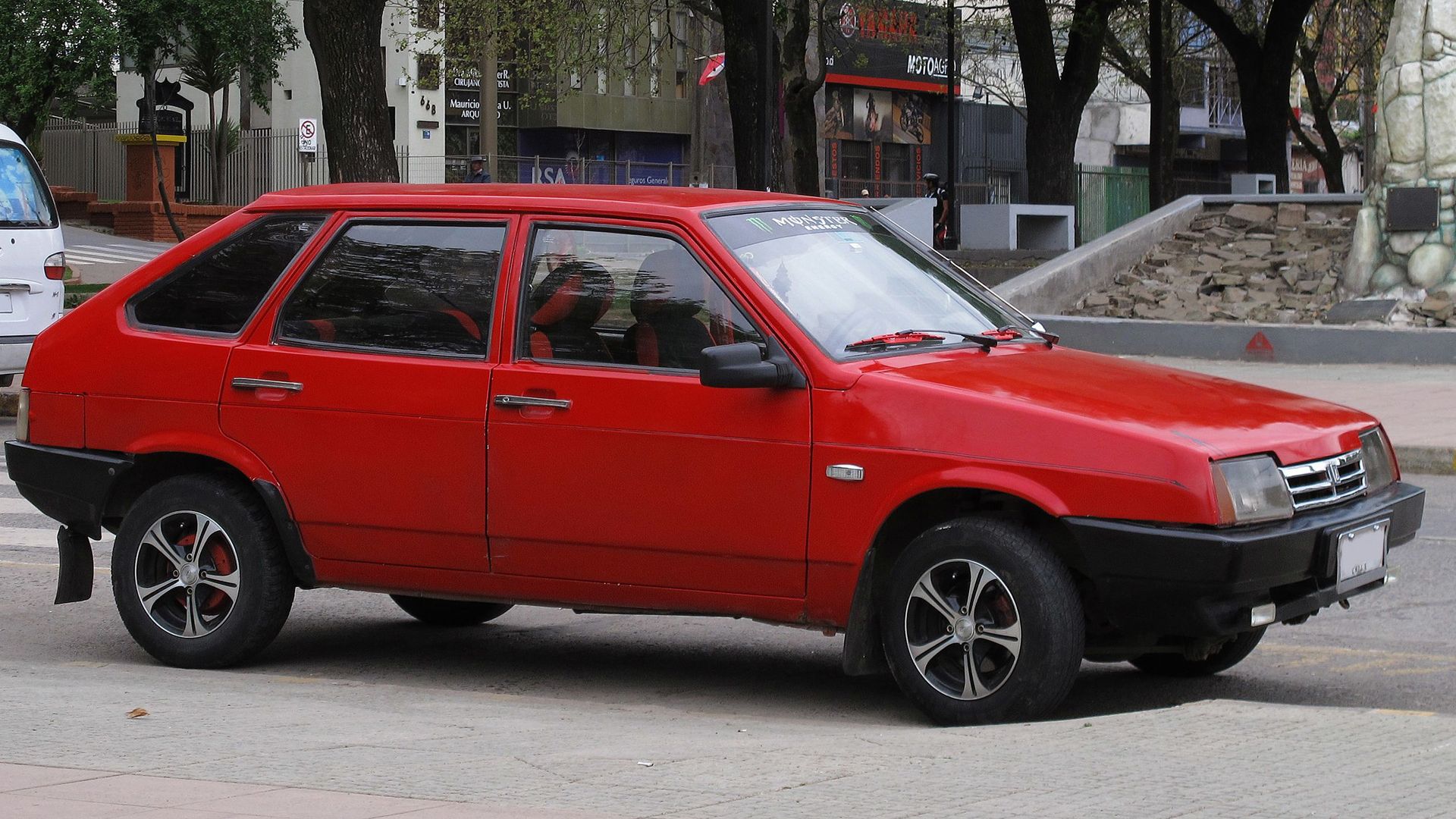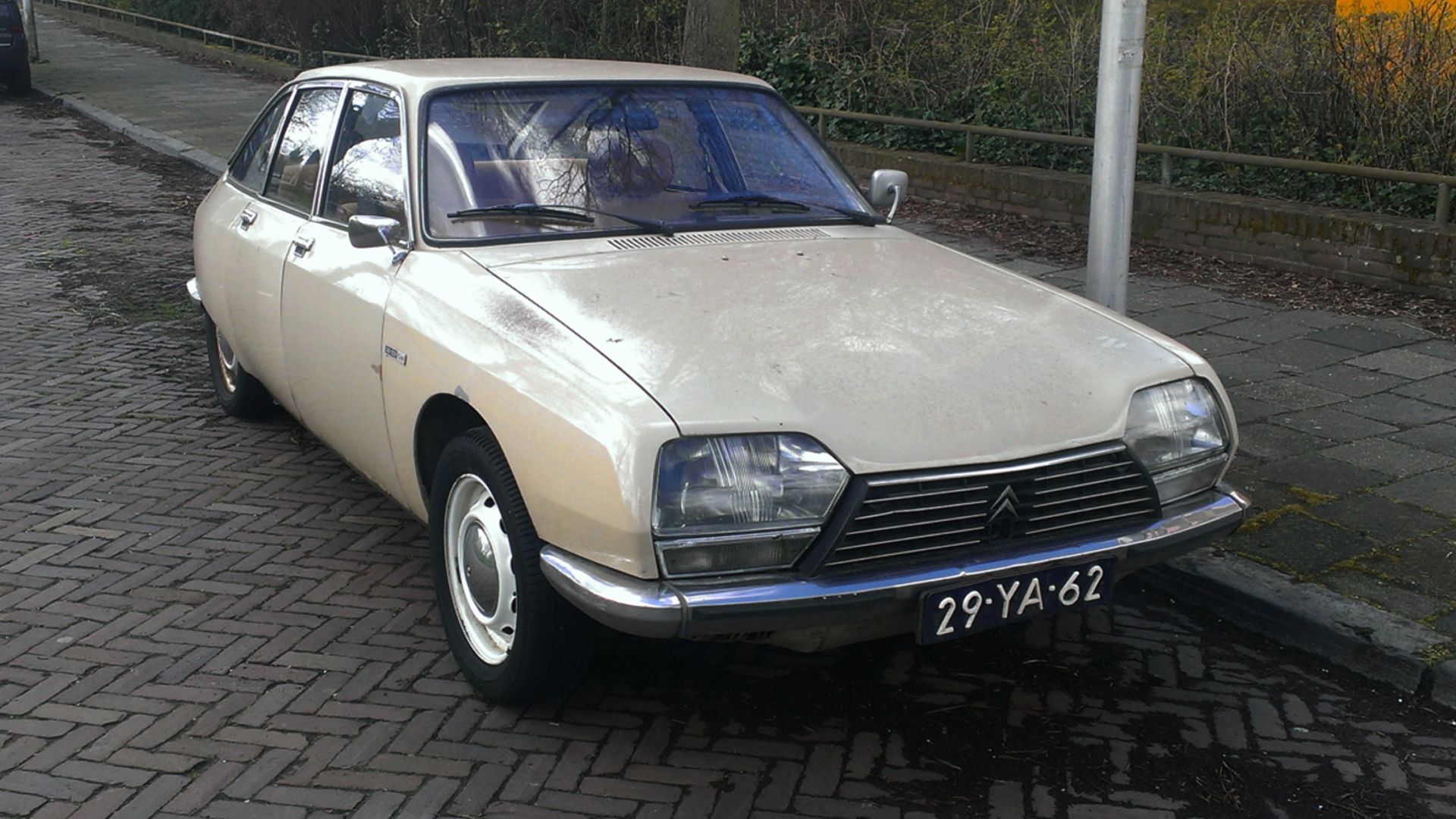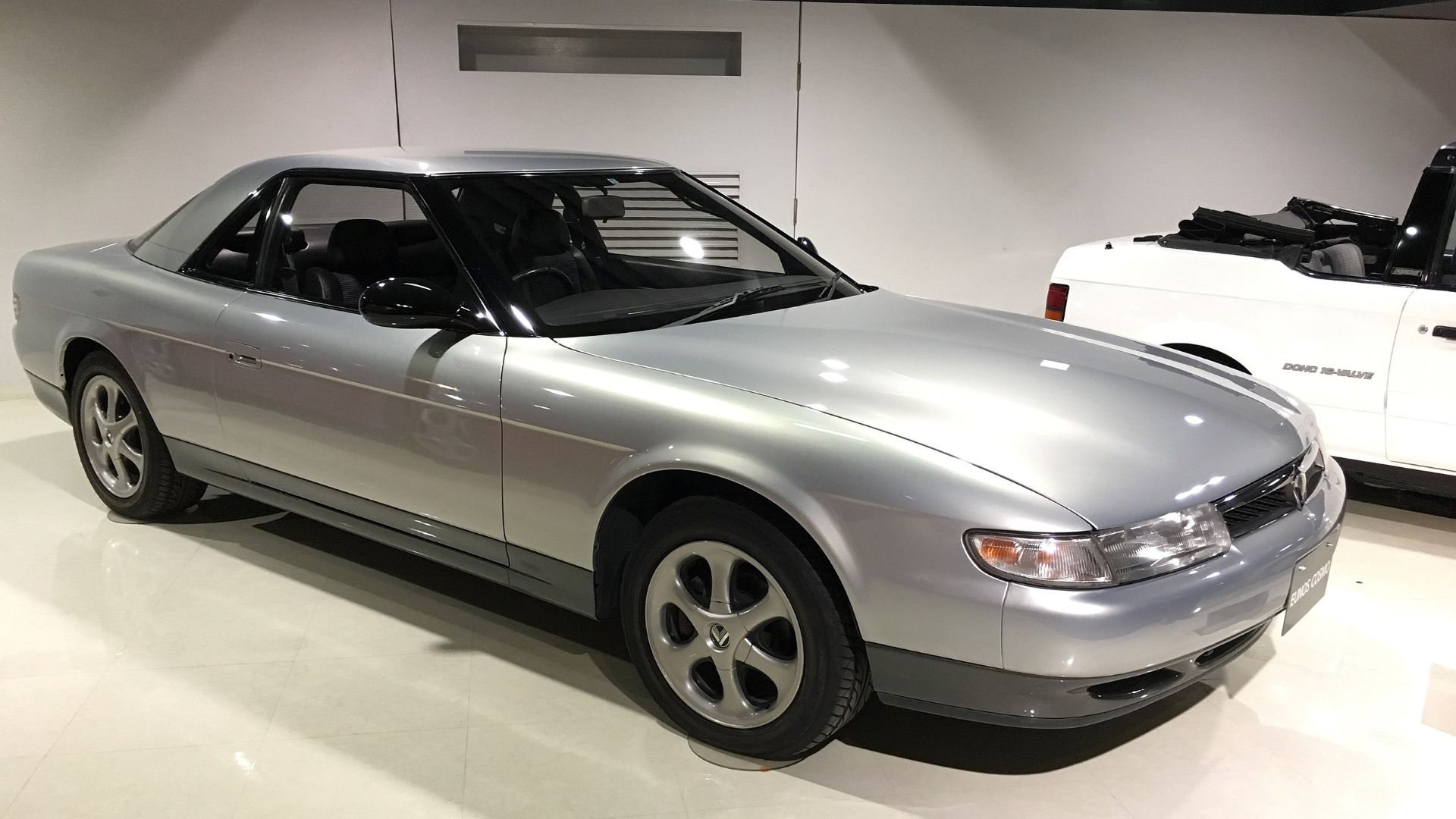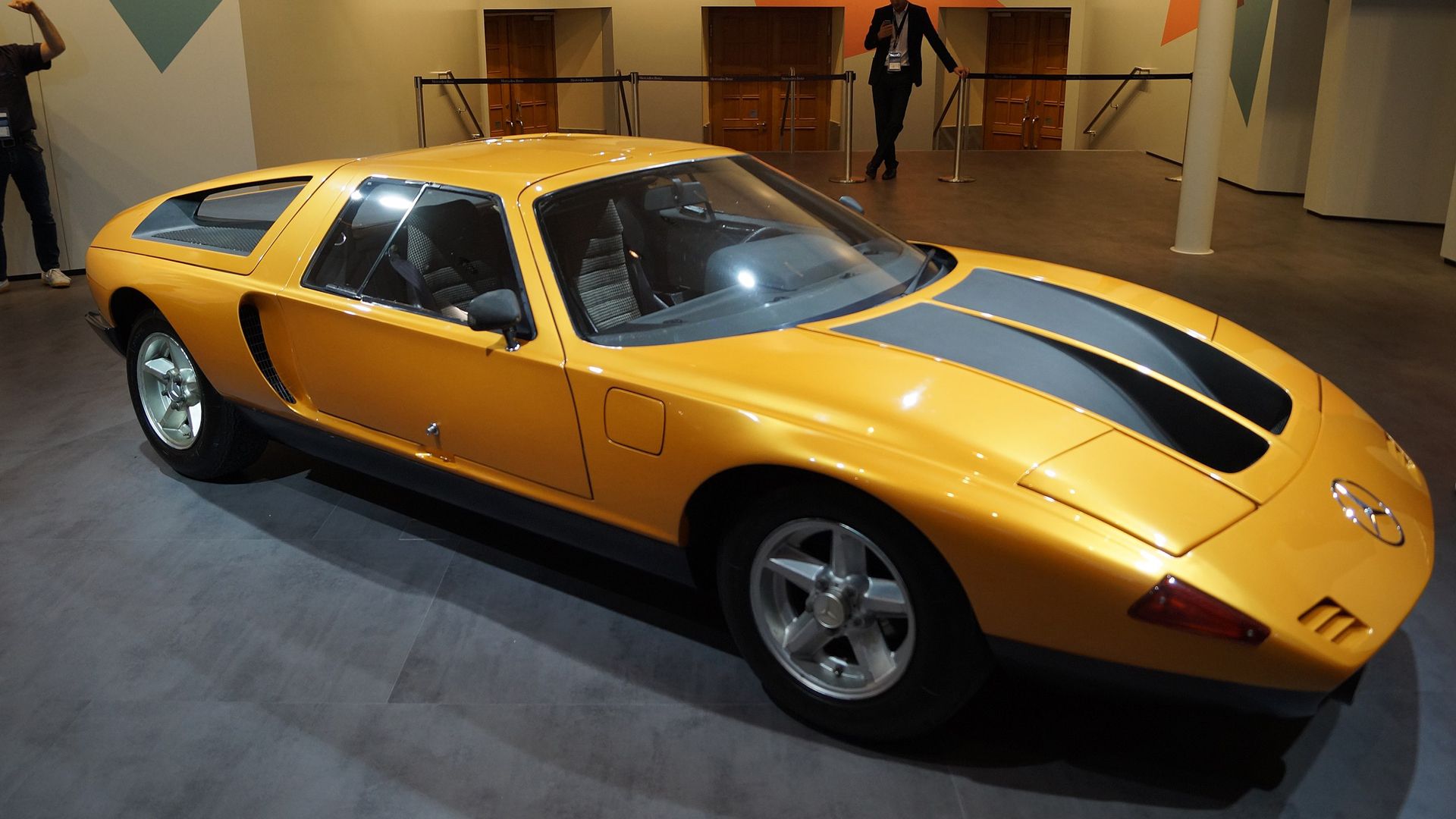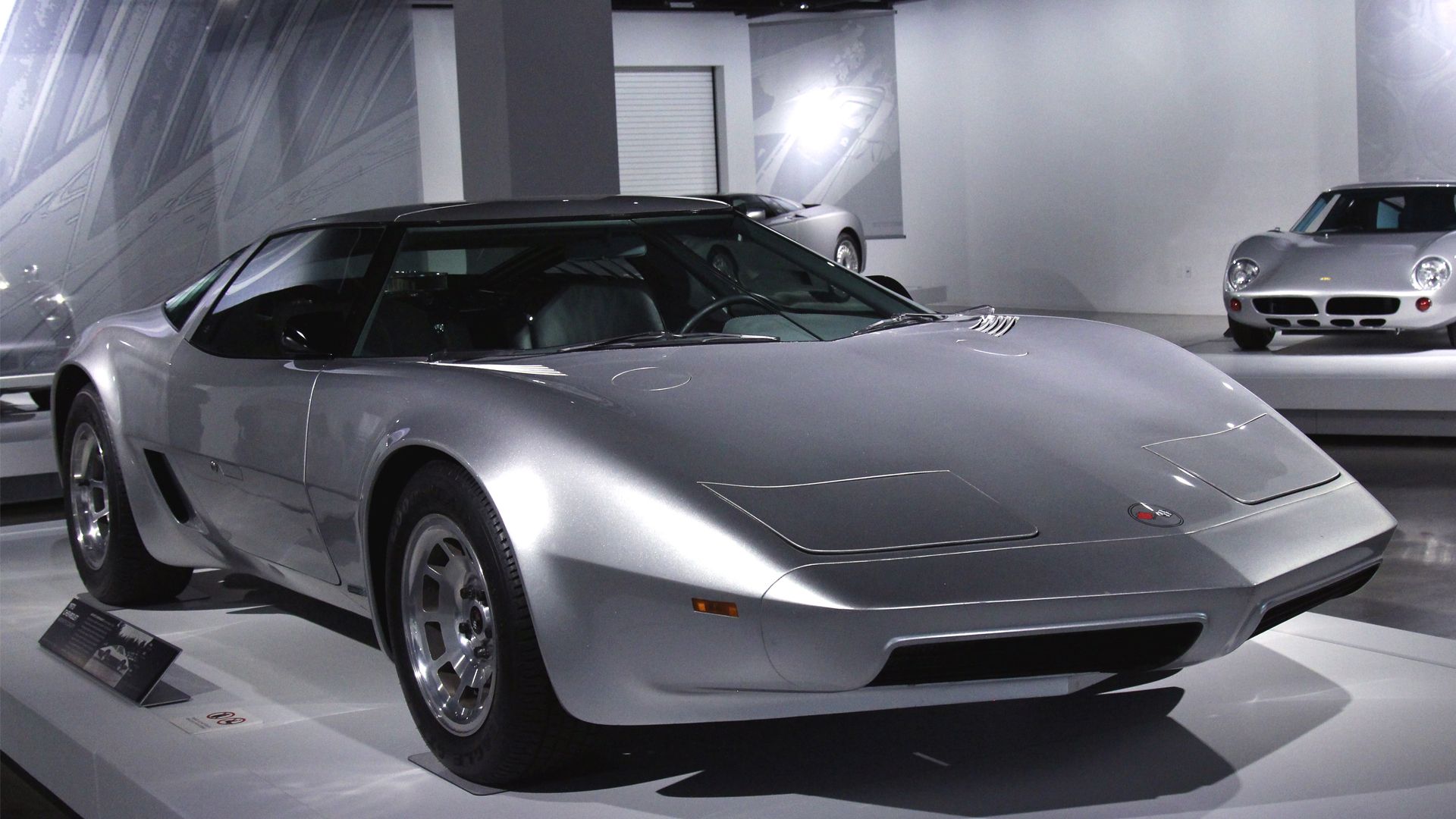In the realm of automotive innovation, one name has long been synonymous with rotary engines: Mazda. From the nimble RX-7 to the iconic RX-8, Mazda’s dedication to the Wankel rotary engine has left an indelible mark on the automotive landscape. However, the world of rotary power is not confined to a single brand, and beyond Mazda’s spotlight, other manufacturers throughout history, have also ventured into harnessing the unique potential of the Wankel engine.
At its core, the Wankel engine, invented by German engineer Felix Wankel in the 1950s, is a departure from the traditional internal combustion engine design. Rather than relying on pistons and reciprocating motion, the Wankel engine features an ingenious rotary design that generates power through a spinning triangular rotor within an oval-like chamber. This design offers several advantages, including higher power, smoother operation with fewer moving parts, and the potential for compact packaging.
However, alongside its merits, the Wankel engine carries its own set of challenges. Historically, it has been criticized for higher fuel consumption and oil consumption due to its design, which can lead to emissions concerns. Additionally, maintaining proper sealing and preventing rotor wear has posed engineering hurdles. Despite these obstacles, several manufacturers outside of Mazda have taken on the challenge of refining the Wankel engine for their own automotive offerings.
Information in this article has been sourced automakers and trusted sites like Road & Track, Hotcars and MotorTrend.
9 Citroen M35
Power: 49 Horsepower
Back in the 70s Citroen also took a stab at making their own rotary-engined car by creating a two-door coupe based on the Ami 8 called the M35. Being credited for pioneering advancements such as front-wheel drive, hydropneumatic suspension, and unit-body construction, it was only fitting for Citroen to adopt yet another innovative idea into its lineup.
Specifications
|
Engine |
0.5-liter single-rotor |
|
Transmission |
4-speed manual |
|
Power |
49 horsepower |
|
Weight |
1,797 lbs |
The M35 came equipped with Citroen’s hydropneumatic suspension along with a 0.5-liter single-rotor engine that produced 49 horsepower and took the car from 0 to 60 mph in 19 seconds. The model served as a test bed for Citroen to determine the viability of a rotary-powered vehicle and was only offered to a small number of long-term Citroen customers for their opinions.
8 NSU Wankel Spider
Power: 50 Horsepower
Built using the body from a Sport Prinz coupé, the Wankel Spider is a two-door cabriolet-style roadster that was built by NSU Motorenwerke AG in 1963.
Specifications
|
Engine |
1.0-liter single-rotor |
|
Transmission |
4-speed all-synchromesh manual |
|
Power |
50 horsepower |
|
Weight |
1,500 lbs |
Making its debut at the 1963 Frankfurt Auto Show the NSU Wankel Spider holds the distinction of being the first-ever production model to feature a rotary engine. Back when inlines, V-8s, and V-6s was the norm. NSU made the bold decision to fit their car with a rear-mounted 1.0-liter single-rotor Wankle engine that produced 50 horsepower and 58 pound-feet of torque, differentiating it from everything else out in the market. Despite its technological leap the Wankel Spider never took off, selling only 2,375 units before being taken off the market.
7 AutoVAZ 2108 Lada Samara
Power: 70 Horsepower
The VAZ 2108 Lada Samara also known as the Lada Sputnik was a cheap economical car built by the Soviet government auto manufacturer Avtovaz. The Lada was made as a robust everyday car that the average European could afford and it was specifically designed as a cheap alternative to western cars.
Specifications
|
Engine |
0.645-liter twin-rotor |
|
Transmission |
4 or 5-speed manual |
|
Power |
70 horsepower |
|
Weight |
2,237 lbs |
A rare version of the Lada known as the Samara was a three-door hatchback equipped with a 0.645-liter twin-rotor Wankel engine. Because the model proved to be largely unreliable it was sold solely within Russia and was usually bought by police and other government agencies for use as a pursuit vehicle due to its cheap price and a relatively high top speed of 124 mph.
6 Citroen GS Birotor
Power:106 Horsepower
After receiving positive results from the M35’s test run Citroen decided to fit a mass-production model with a rotary engine. The model they decided on was the GS, a four- or five-door family car that was already a commercial success selling approximately 2.5 million units and holding the title of European Car of the Year for 1971.
The GS featured some of the most innovative and high-tech features of its time including a self-leveling suspension and fully independent hydro-pneumatic brakes, making it the perfect car to debut a new and exciting engine.
Specifications
|
Engine |
2.0-liter Wankel |
|
Transmission |
3-speed semi-automatic |
|
Power |
106 horsepower |
|
Weight |
1,984 lbs |
The new version of the GS was named the Birotor and it came equipped with a 106 horsepower Wankel 2.0-liter engine. Despite Citroen’s projection, the GS Birotor was a sales failure selling only 847 units. This was due in large part to the 1973 oil crisis which coincidentally coincided with the launch of the model. This combined with the GS Birotor’s poor fuel economy and high cost effectively tanked its sales, leading to the bankruptcy of Citroen itself.
5 NSU Ro8
Power: 113 Horsepower
Styled by German car designer Claus Luthe, the Ro80 was a five-passenger executive luxury sedan that made its debut in 1967. The Ro80 came right after the Wankel Spider’s short production run and unlike its predecessor NSU aimed for this car to be a mass production model.
Specifications
|
Engine |
Two-rotor Wankel |
|
Transmission |
3-speed synchromesh manual |
|
Power |
113 horsepower |
|
Weight |
2,848 lbs |
The model hosted a number of technological advancements for the time including four-wheel ATE Dunlop disc brakes that were previously only seen on more expensive models, a ZF rack and pinion steering system, and a new vacuum-operated clutch system. But the spotlight was once again taken by the Wankel Rotary engine, which this time around was a two-rotor setup that produced 113 horsepower.
4 Eunos Cosmo
Power: 276 Horsepower
Shortly after the devastation of World War II, the Japanese economy was left in shambles, but despite the challenges it grew at a rapid rate, and the country prospered once again along with its business giving birth to Japan’s vast and advanced automotive industry.
Around the same time at the start of the 70s due to a sudden rise in oil prices, the big bulky American-made vehicles became unaffordable to run, thus creating a demand for smaller and more efficient Japanese cars, which they provided. After a while due to a U.S.-forced import limit, Japanese companies such as Toyota,Honda, and created luxury brands that produced more opulent and expensive cars for export purposes in order to increase their profit per car.
Specifications
|
Engine |
2.0-liter triple rotor |
|
Transmission |
4-speed automatic |
|
Power |
276 horsepower |
|
Weight |
3,616 lbs |
One such model was Mazda’s Eunos which created the Cosmo. Based on the MX-03 concept the Cosmo was a luxury two-door coupe that served as the flagship car for Eunos. The top-end variant of the model was loaded with luxurious and high-end power-operated amenities and it came fitted with a 2.0-liter triple-rotor Wankel engine that produced 276 horsepower and 195 pound-feet of torque.
3 Mercedes-Benz C111
Power: 350 Horsepower
In the ’60s and ’70s, Mercedes began experimenting with new techniques and innovative ways to improve their automobile lineup. What they came up with was a series of cars called the C111.
Specifications
|
Engine |
2.4-liter four-rotor |
|
Transmission |
5-speed manual |
|
Power |
350 horsepower |
|
Weight |
2734 lbs |
Mercedes finished developing the very first version of the C111 in 1969 and it featured a fiberglass body fitted with gull-wing doors and a mid-mounted three-rotor Wankel Rotary engine. Later on in the second version of the experimental automobile Mercedes upgraded the three-rotor engine to a 2.4-liter four-rotor that produced 350 horsepower and took the car up to a top speed of 186 mph. The third version of the model abandoned the rotary engine for a diesel one before ultimately abandoning the project entirely.
2 Chevrolet Aerovette
Power: 420 horsepower
The Aerovette, also known as the XP-882 was a concept car for the Corvette that was fitted with an all-aluminum alloy body that featured a distinctive wedge-like design notably named the “Reynolds Aluminum Car.”. Powering the Aerovette were two rear-mounted Chevrolet Vega two-rotor engines that were joined together as a four-rotor producing 420 horsepower.
Specifications
|
Engine |
4.4-liter four-rotor |
|
Transmission |
3-speed automatic |
|
Power |
420 horsepower |
|
Weight |
2,601.5 lbs |
The Aerovette’s exterior look was identical to the XP-895 even featuring the same gull wing doors. Another thing that it shared with the XP-895 was its discontinuation. A big reason for the call-off was the rise in oil prices which caused an energy crisis all over the United States resulting in Ford shelving its Rotary plans.
1 Chevrolet Corvette GT Birotor XP-897
Power: 450 Horsepower
Most people consider the C8 as the first mid-engined Corvette, but that almost wasn’t true. Chevrolet unveiled the Corvette GT Birotor concept at the 1973 Frankfurt IAA Show and it featured a mid-mounted two-rotor Wankel Rotary engine that produced 130 horsepower.
Specifications
|
Engine |
Two-rotor Wankel |
|
Transmission |
3-speed automatic |
|
Power |
130 horsepower |
|
Weight |
— |
GT Birotor also featured an aerodynamic design that came equipped with large distinctive gull-wing doors giving it a look similar to a spaceship out of a sci-fi film, further showcasing its innovative nature. This concept, along with all the others, was a product of a time when manufacturers felt that the Wankel Rotary engine was the engine of the future, but upon testing, they quickly realized its shortcomings, such as its poor gas mileage and its extreme unreliability.
Credit: Source link
